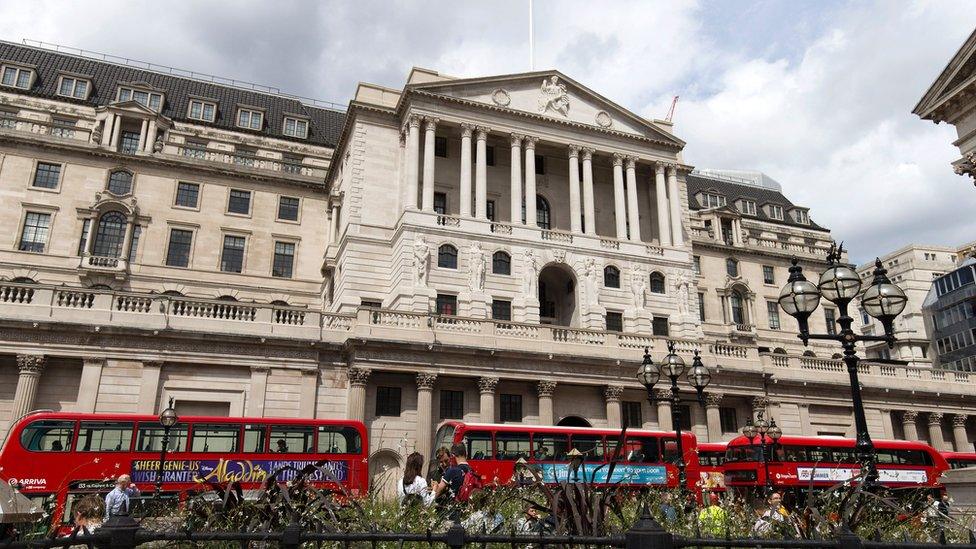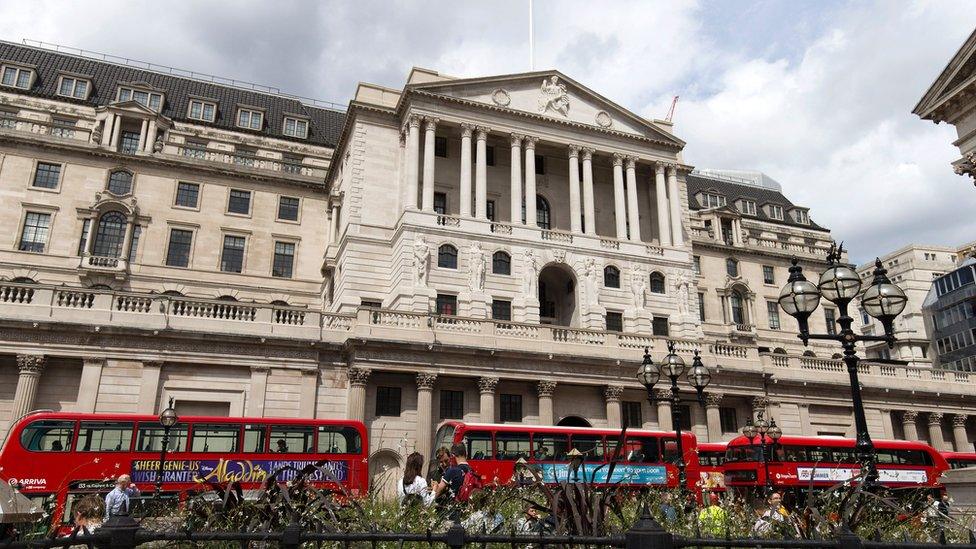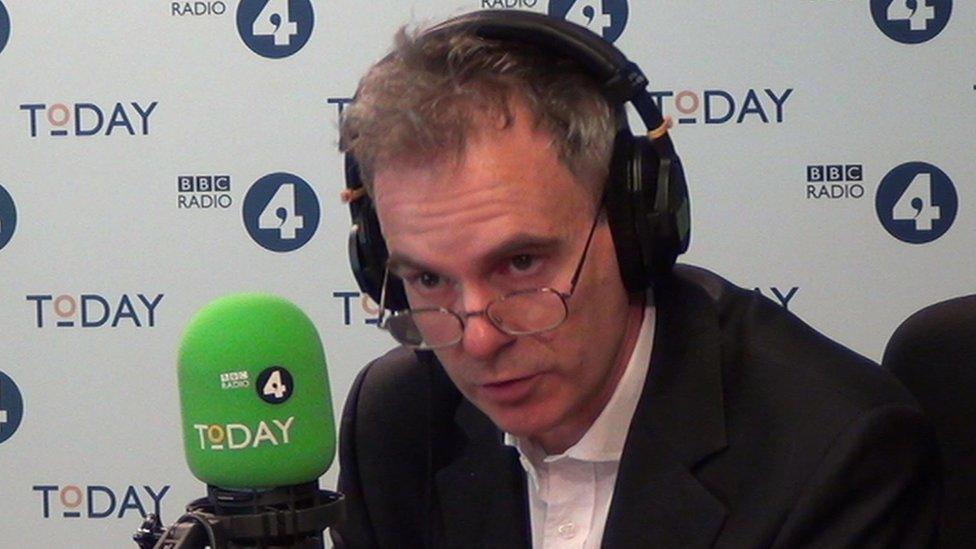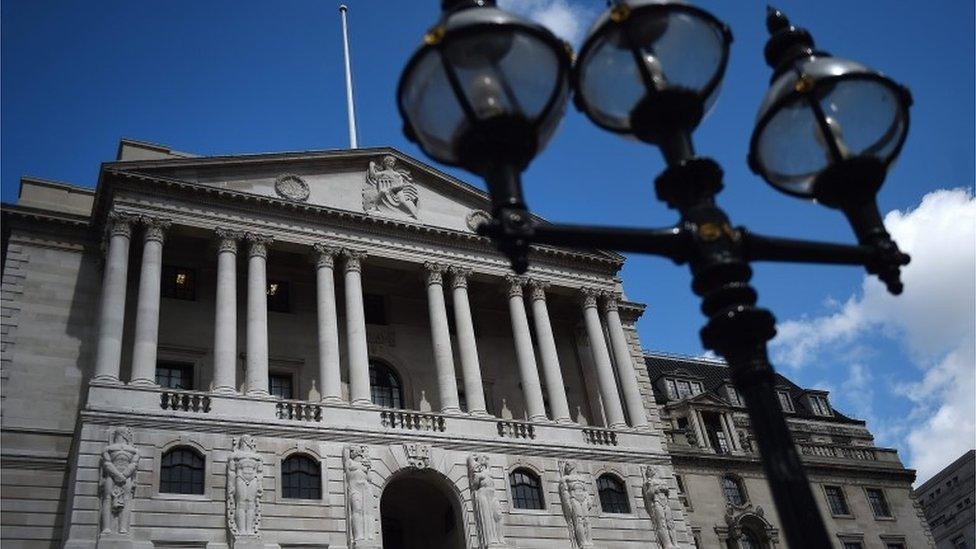Bank of England bond buying plan back on track
- Published

The Bank of England has successfully bought £1.17bn worth of government bonds as part of its £60bn buy-back programme to stimulate the economy.
Last week, the Bank failed to find enough sellers when it offered to buy the bonds, known as gilts.
But it found no shortage of sellers on Tuesday. The "reverse auction" was oversubscribed by almost 2.7 times.
By creating money to buy gilts the Bank hopes to push cash out into the economy for investment and lending.
Pension funds in particular have been reluctant to sell gilts, especially those with long maturities, because they bought them when they were cheap and offered a high rate of return.
The Bank's quantitative easing programme began in 2009, and last month it announced a new £60bn round of government bond buying to try to stimulate growth after signs of a slowdown followed the referendum vote in June.
The bond purchases will take place three times a week until October.
Part of the bond-buying programme will also involve buying up a limited amount of corporate bonds, fixed interest debt issued by companies.
- Published10 August 2016

- Published1 November 2022

- Published5 August 2016

- Published4 August 2016
